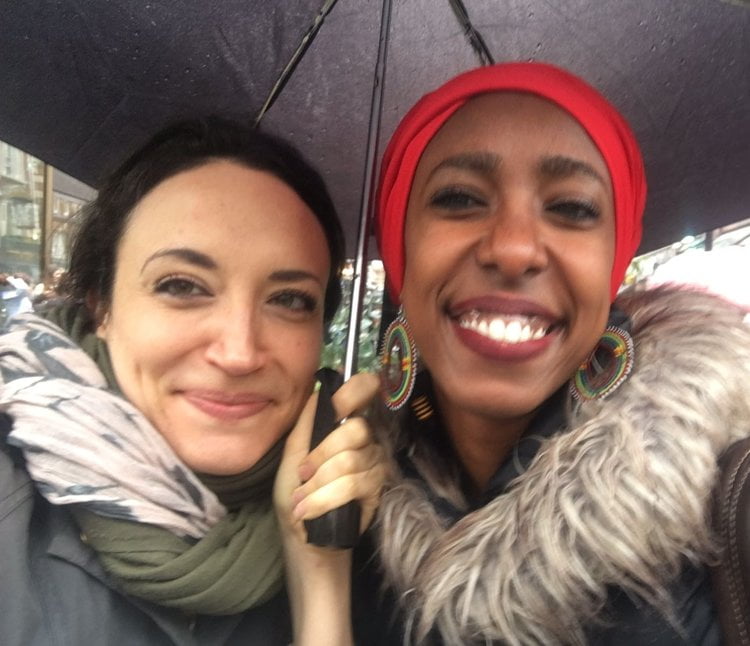In mid March, Mary shared the blog she posted below amongst friends. She reported back to Susan and me on some of the responses. One of the most lovely and thoughtful reflections read as follows:
Hi Mary. Thank you very much for sharing this with me. It is wonderful, well written, honest part of a story that needs to be told. I was actually having a conversation the other day with a friend of mine and I was wondering why we do not have a museum to address the scale and effects of colonialism. Because we have a museum of holocaust in Germany, Museums of Slavery in America, but somehow the way we address the history of colonialism in Africa is as if it never happened or it was a small thing. It’s so important that we tell these stories, especially because most of them are in living memory of current generations. It is an important project and one that needs our full attention as a country before it is too late. Otherwise we will be robbing future generations of the opportunity to confront the truth.
‘Loving her approach’, was Mary’s response. To which Susan and I passionately agreed. Much to my excitement, Mary then told me that this friend of her’s, Chao, had recently moved from Kenya to London and was working at the Science Museum. She suggested we meet.
A couple of weeks later – after Chao had returned to London from a visit to Kenya – we met in Covent Garden on a rainy and grey Sunday morning. From our conversation I learned that Chao was not only working as New Media Developer at the Science Museum, but was also a computer scientist, passionate historian, photographer and curator, keen to explore new ways to tell stories and connect with audiences.
We talked about the museum project, the history of Kenya, the awareness (or lack thereof) amongst people in the UK – and Kenya – about what had happened during the insurgency. Like Susan and Mary, Chao shared moving accounts of her family’s experiences during the 1950s. Years of separation, followed by reunification. But a pervasive silence about what had passed in the intervening period. She told me about Mr Wachira, a man separated from his family during the Emergency and taken to Voi where he had stayed ever since, tending the graves of the British at the Commonwealth Cemetery. We delved into Chao’s mission to document, preserve and restore the now-dilapidated Kenya – Uganda railway, otherwise known as the ‘lunatic express’ and talked excitedly about how this could be integrated with the museum’s mission to gather and share stories and bring communities together throughout the country. We spoke of African Digital Heritage, archives, restitution and even more besides.. And Chao expressed how fortunate she felt to be able to say she was proud of Kenya, proud to be Kenyan.
And, as Mary would say, she started to walk with us on this journey.

Olivia and Chao meet in Covent Garden..